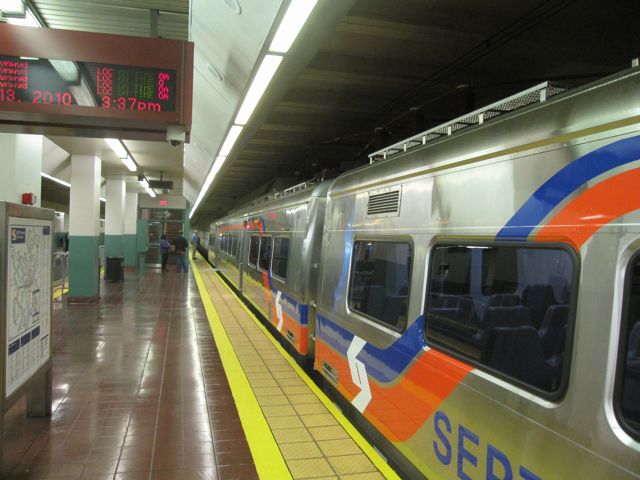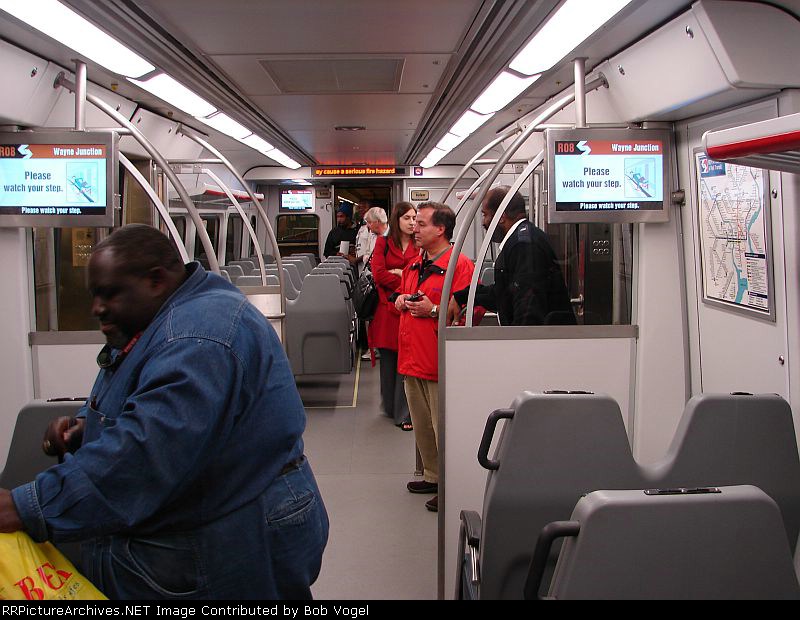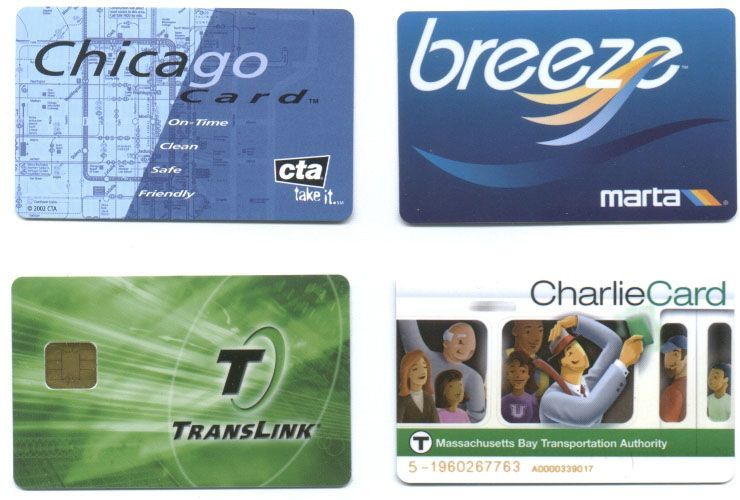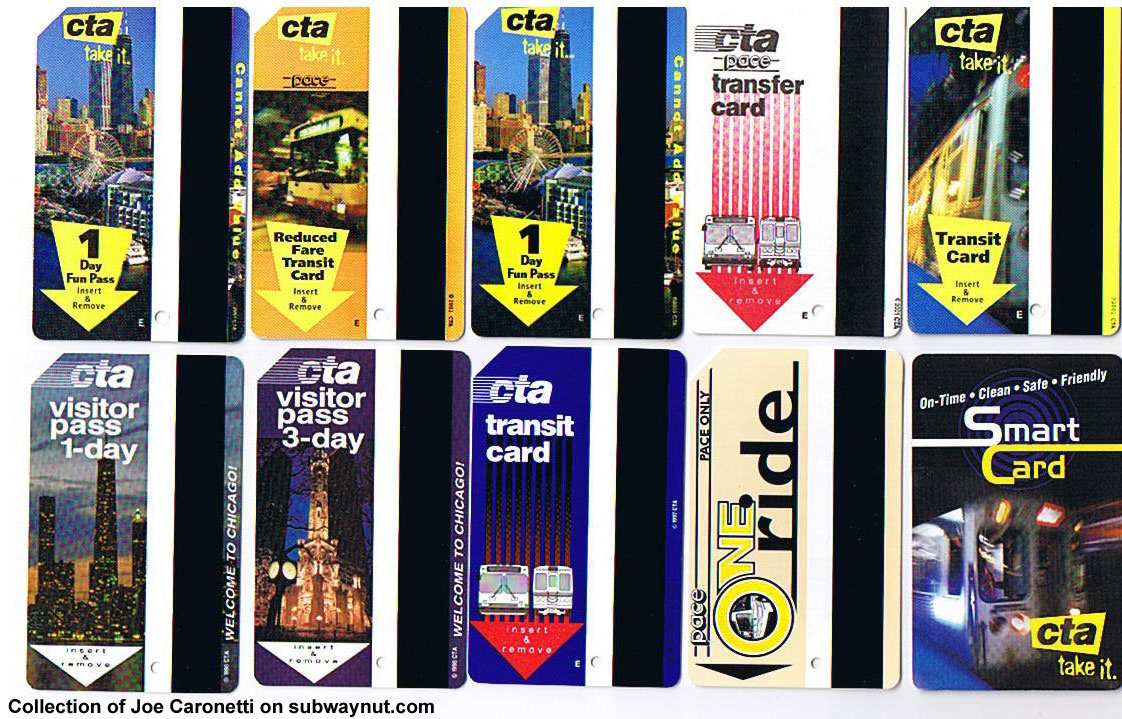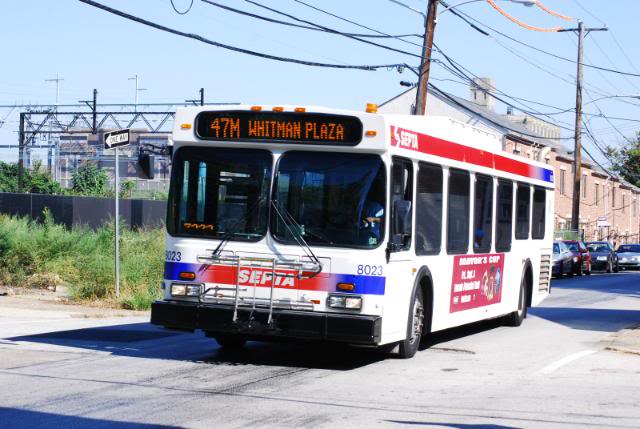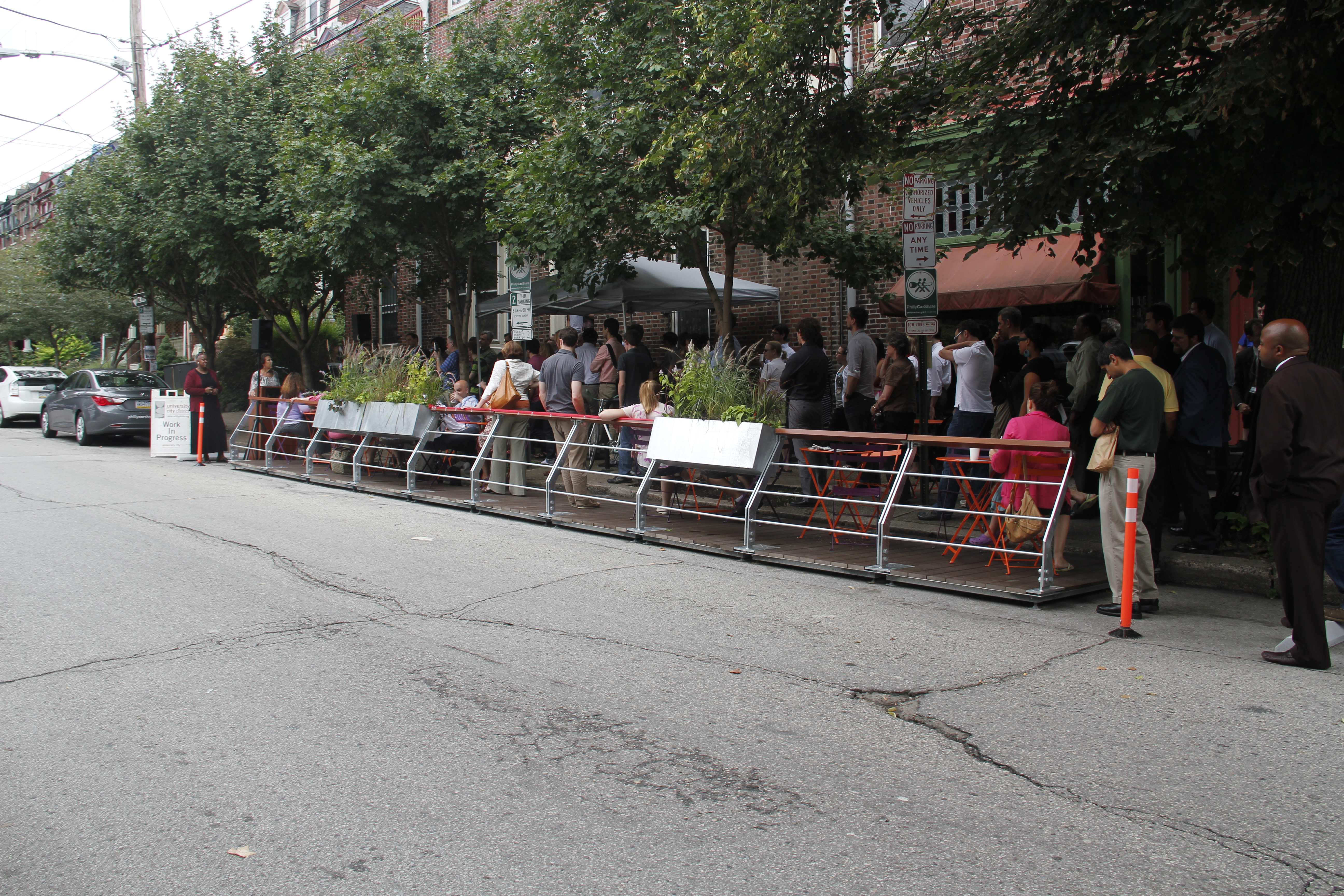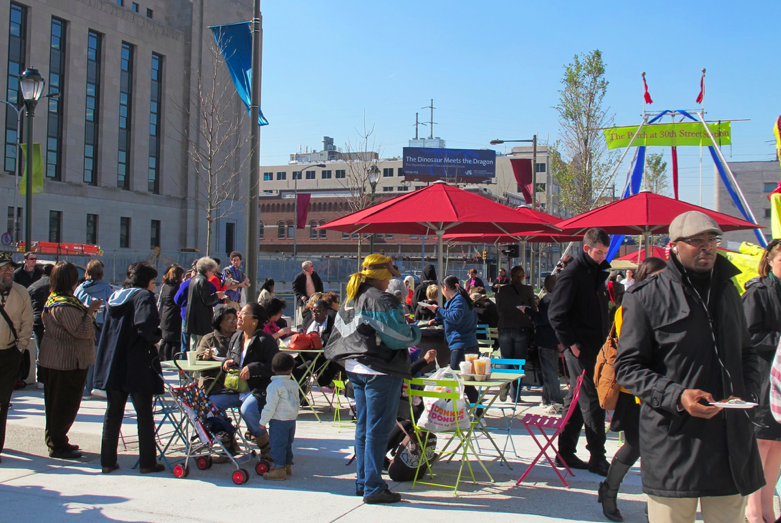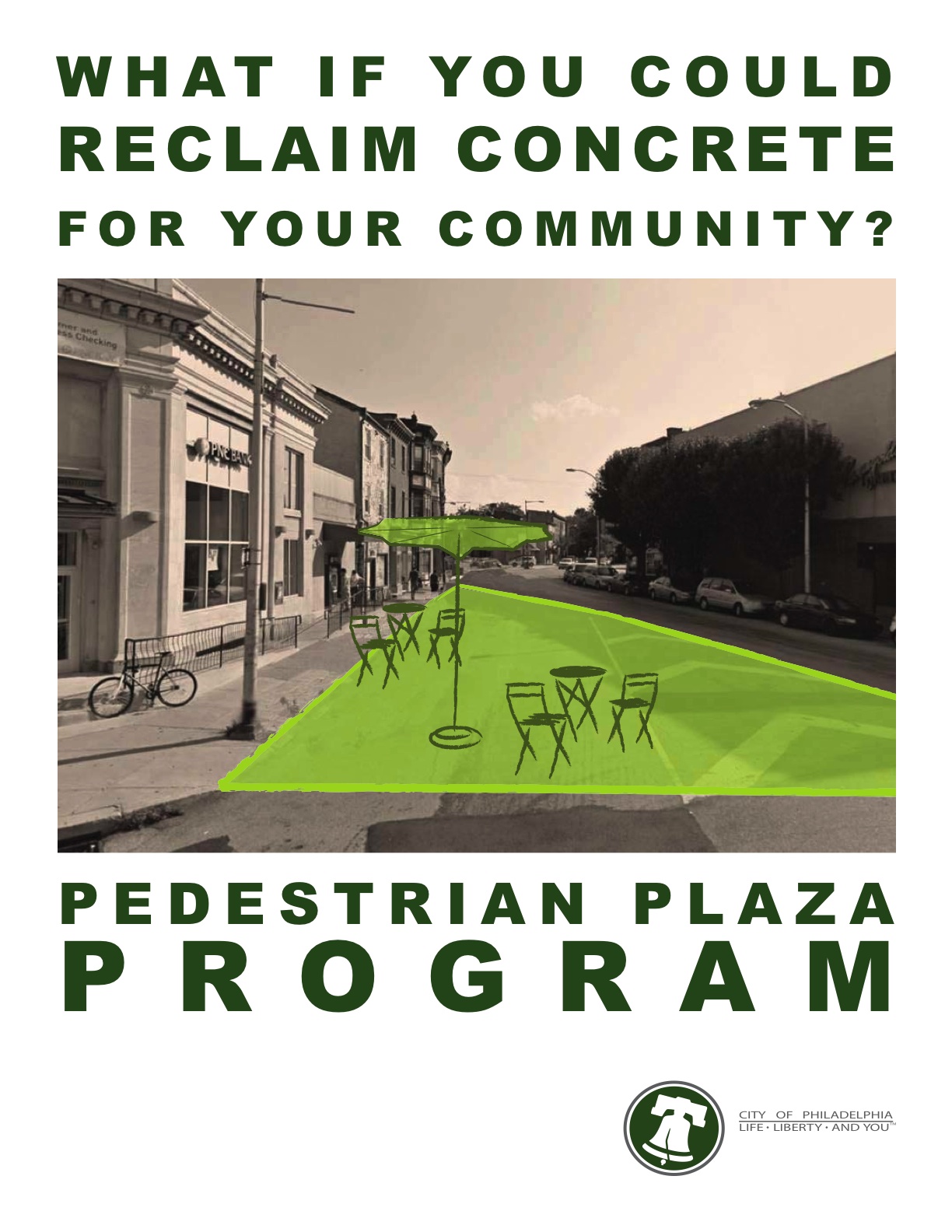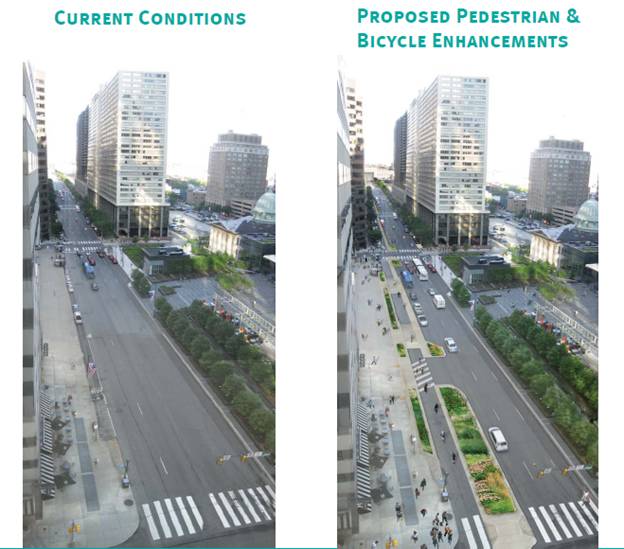A look back at transportation issues during 2011
It’s that time of year to take stock of the year that’s coming to a close while getting ready to forge ahead into the future.
Transportation has had a year marked by contrast. Both SEPTA and the city have been able to push important capital and operational projects forward, while at the same time a continued shortage of state funds to renew the region’s aging infrastructure has formed an ominous backdrop to these advances.
And that’s not to say that everything in Philadelphia transportation this year has been a success. But the five issued profiled below have the potential to make a serious impact on the way Philadelphia views and uses its transportation system going forward.
Silverliner Vs
It’s not every day ― or every decade, for that matter ― that SEPTA buys new trains.
The new Silverliner Vs are supposed to be a doozy, providing the latest in modern convenience.
And the new regional rail fleet is more than just a snazzy new ride. It’s a chance for SEPTA to update its image of poor service and shabby accommodations.
We had the Silverliners on a similar list last year, but this year they’re on because of the delays that have plagued the $274 million project since the Silverliners’ inaugural run ― largely stemming from problems at the trains’ new South Philadelphia assembly plant.
Now, out of 120 cars, only about 40 are in service. SEPTA hopes the last one will be ready in time for the summer ― a full year behind schedule.
Smart cards
Installing a new fare card system has been SEPTA’s biggest project for years.
But serious cuts in state funding for infrastructure imperiled the whole enterprise. SEPTA was left scrambling for money, pulling a rabbit out of its hat in January when it announced a low-interest $175 million federal loan provided by the Philadelphia Industrial Development Corp.
Securing the money to build the system wasn’t the only hurdle SEPTA had to scale. In response to criticism over a proposed one-way fare collection system, the agency launched a campaign to bring both the public and key stakeholders, including its constituent counties, on board with the project.
Along the way, one-way fares were jettisoned. Now, with a $130 million contract awarded to ACS Transport Solutions Group to build the system, riders will see whether SEPTA’s promises for new payment technologies pan out.
Transit First
Can failure actually be a good thing?
That’s the question after the apparent failure of SEPTA and the city’s Transit First experiment on the Route 47.
Bucking accepted wisdom that such an act would be politically disastrous, the two agreed to consolidate stops along the South Philadelphia portion of the busy route.
And when projected time savings failed to materialize both SEPTA and the city decided to put the stops back.
Though the two are applying lessons learned from this experiment elsewhere (they are investing millions of dollars in more capital-intensive ways of speeding transit travel in the city) the fact that both SEPTA and the city publicly admitted failure and let the evidence, instead of public relations concerns, dictate their decisions bespeaks a significant change in a transit agency historically known for its defensiveness and secrecy.
And the city followed through on its promise to undo any transit experiments that don’t work out, a key point in its plan to extend bike lanes throughout the city.
Reclaiming space from cars
This year was the year of parklets and pedestrian plazas as the city, as well as private entities, pushed to reclaim spaces for pedestrians from cars.
That’s the reasoning behind the University City District’s parklet program and its reconstruction of an underutilized space abutting 30th Street Station.
Next year, look for small pedestrian plazas to pop up in previously underutilized slivers of road, courtesy of the Mayor’s Office of Transportation and Utilities.
And the most ambitious project is yet to come: The Center City wants to take away a lane of traffic on parts of Market Street and John F. Kennedy Boulevard to put in a separated cycling track and slow down traffic. The project could cost $10 million.
Funding
Overshadowing all other issues, though, is the simple fact that the region isn’t spending enough on infrastructure to maintain what it has now ― much less invest in needed expansion projects.
While Gov. Corbett put infrastructure on the back burner in 2011, a local plan to toll Route 422 to pay for needed highway improvements, and a corresponding rail extension, ran aground on a wave of intense opposition from politicians and Montgomery County residents.
This begs the question: If people aren’t willing to pay anything for infrastructure improvements, what’s the state to do going forward?
Contact the reporter at acampisi@planphilly.com
Coming Friday: design, architecture and public space.
WHYY is your source for fact-based, in-depth journalism and information. As a nonprofit organization, we rely on financial support from readers like you. Please give today.



